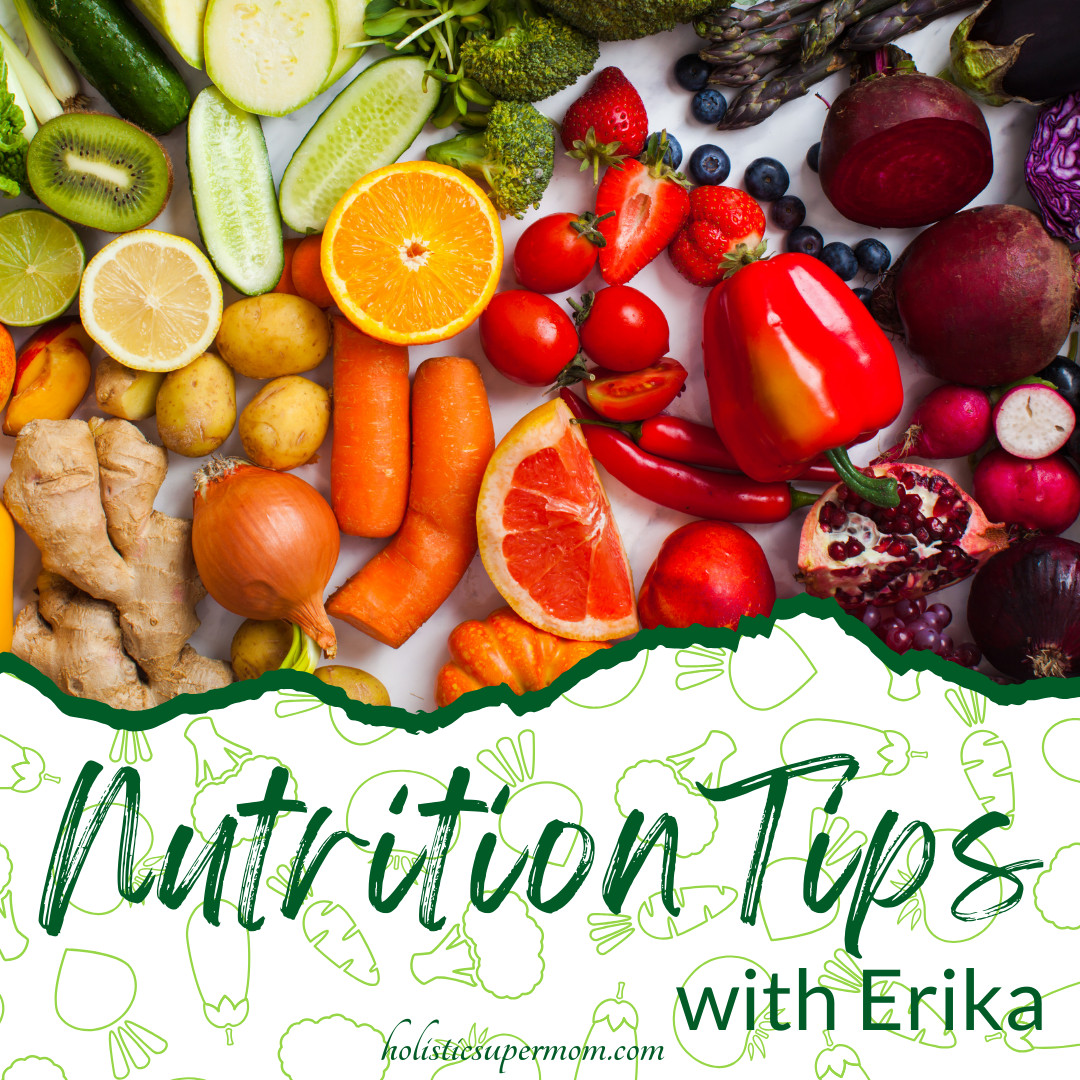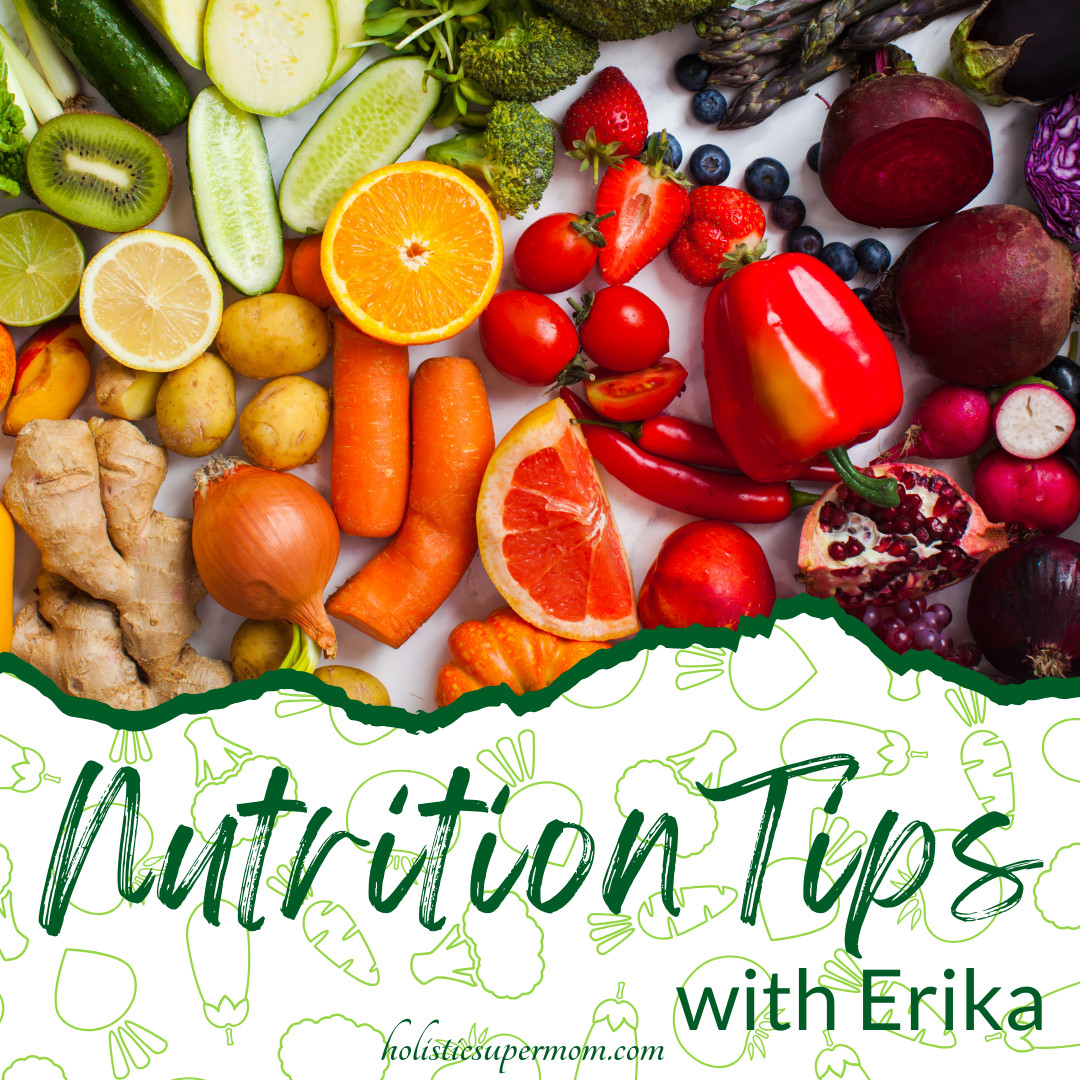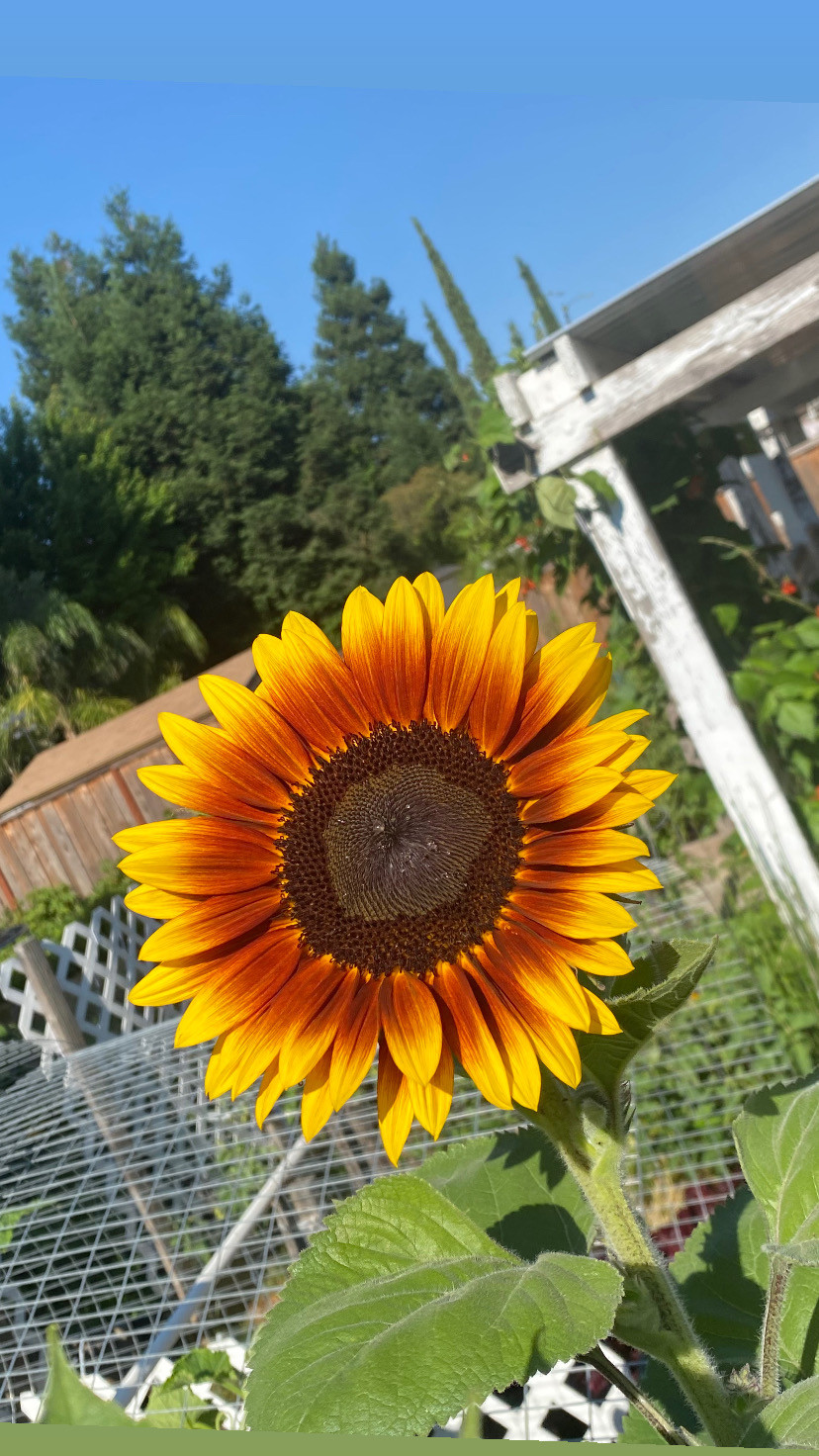
Summer is the season of sunshine, outdoor fun, and an abundance of fresh, delicious fruits that keep you hydrated, healthy, and energized. Berries like blueberries, strawberries, raspberries, and blackberries are antioxidant powerhouses that boost your immune system and protect your body from oxidative stress. Whether sprinkled over cereal, blended into a smoothie, or enjoyed as a fresh snack, these berries are a sweet and nutritious addition to your diet.
Watermelon, with over 90% water content, is nature's perfect hydrator and is rich in vitamins A and C, essential for healthy skin and immune function. This juicy fruit keeps you cool and refreshed, whether enjoyed in slices, added to salads, or blended into a cooling beverage. Peaches and nectarines, synonymous with summer, are packed with vitamins A and C, as well as dietary fiber, making them perfect for a healthy snack or a sweet addition to yogurt, smoothies, or grilled dishes.
Cherries and pineapples offer delicious flavors and impressive health benefits. Cherries are rich in antioxidants and anti-inflammatory compounds, improving muscle recovery and sleep quality, while pineapple is loaded with vitamin C and bromelain, aiding digestion and reducing inflammation. Incorporate these fruits into your diet by adding them to desserts, salads, or enjoying them fresh, and make this summer a celebration of vibrant, nutritious flavors that enhance your health and energy.
Read more...
Transitioning to a plant-based diet doesn’t have to be overwhelming. By making a few simple swaps, you can boost your nutrient intake, improve your health, and enjoy a variety of delicious, satisfying meals. Here are some easy changes to start making healthier choices today:
Start by swapping processed snacks for whole, fresh options like fruits, nuts, and vegetables, which are packed with fiber, vitamins, and antioxidants. Replace refined carbs with whole grains to increase your intake of fiber, vitamins, and minerals, helping you feel fuller longer and supporting digestive health. Opt for hydrating drinks like water or herbal tea instead of sugary sodas and juices, and incorporate healthy plant fats from sources like avocados and olive oil to reduce inflammation and support heart health.
To maximize your health benefits, replace red meat and processed meats with plant-based proteins such as beans, lentils, and tofu. Additionally, make it a goal to eat a salad every day, using nutrient-dense greens like spinach and kale. By incorporating these simple swaps into your daily routine, you can easily transition to a healthier, more plant-based diet and enjoy a more vibrant and energetic lifestyle.
Read more...
Embracing a plant-based diet can significantly enhance your overall health and well-being. Packed with vitamins, minerals, antioxidants, and fiber, plant-based diets provide essential nutrients that support everything from immune function to skin health. By focusing on whole, unprocessed foods like fruits, vegetables, grains, nuts, and seeds, you ensure your body receives a nutrient-rich boost.
Plant-based diets also aid in weight management, as these foods are generally lower in calories and higher in fiber, making them filling and satisfying. The fiber content helps with digestion and curbs overeating, which supports weight loss or maintenance without feelings of deprivation. Additionally, plant-based diets are linked to reduced risks of chronic diseases such as heart disease, type 2 diabetes, and certain cancers, thanks to their anti-inflammatory and antioxidant properties.
Beyond physical benefits, plant-based nutrition can improve mental well-being by fostering a healthier relationship with food and possibly lowering rates of depression and anxiety. Stable, long-lasting energy from whole plant foods can enhance daily vitality and even athletic performance. Adopting a plant-based diet is a proactive choice for a healthier, more vibrant life.
Read more...
I didn't take flowers seriously when I first started growing a vegetable garden. I only planted the foods I wanted to eat. But over the years, I have learned that flowers are actually necessary to have in your garden!
Planting flowers and flowering herbs in your garden offers a multitude of benefits beyond just adding beauty. Here are twelve reasons to include them in your garden:
1. Pollination Support: Flowers, especially those rich in nectar and pollen, attract essential pollinators such as bees, butterflies, and hummingbirds.
Flowers produce nectar and pollen, essential food sources for pollinators. By planting a diverse range of flowers that bloom at different times of the year, you can provide a continuous food supply for these important creatures. For example, early bloomers like crocuses and late-season flowers like asters ensure that pollinators have resources throughout their active seasons. These pollinators are crucial for the reproduction of many plants, including vegetables and fruits in your garden. When I figured this out, my garden production soared!
2. Pest Control: Flowering herbs and certain flowers attract beneficial insects like ladybugs, lacewings, and parasitic wasps, which help control garden pests naturally by preying on aphids, caterpillars, and other harmful insects.
For instance, dill and fennel flowers attract parasitic wasps, while marigolds are known to repel nematodes and other harmful insects.
Incorporating plants like lavender, yarrow, and sunflowers can turn your garden into a haven for beneficial insects, creating a balanced ecosystem that reduces the need for chemical pesticides and promotes healthy plant growth. It's so fun to watch the diversity in your garden ecosystem!
3. Color and Beauty: Flowers add vibrant colors and visual interest to your garden, creating a more inviting and enjoyable space. The diverse shapes, sizes, and hues of flowers can transform a plain garden into a picturesque landscape. Planting a variety of annuals and perennials, early bloomers and late bloomers ensures that your garden will have a continuous display of color for the whole growing season. It also is fabulous for your mental health when you see such beauty every time you walk in your garden!
4. Fragrance: Many flowers and flowering herbs, such as lavender, rosemary, and jasmine, emit delightful scents that enhance the sensory experience in your garden, making it a pleasant place to relax and unwind. The beauty and aroma pull me into the garden throughout the day. The essential oils within each plant have unique capabilities to enhance your wellbeing and they just make you feel good!
5. Culinary Flowers: Flowers like nasturtiums, pansies, borage, and marigolds can be used to garnish salads, desserts, and beverages, adding a burst of color and unique flavors. Adding the beautiful colors and flavors of flowers to your meals enhances the whole experience and gives you amazing health benefits as well! I love these - and they are so fun to add for a splash of color in your food!
6. Flavorful Herbs: Flowering herbs such as basil, thyme, and chives not only add beauty but also provide fresh, aromatic leaves and flowers that can be used in cooking to enhance the flavor of your dishes. These are my favorites and I use them almost daily. There is so much you can do to enliven your food and adding fresh herbs is the best!
7. Herbal Remedies: Many flowering herbs have medicinal properties. For example, calendula flowers can be used in soothing salves, chamomile flowers can be brewed into calming teas, and echinacea flowers are known for their immune-boosting properties. I love fresh healing teas and I dry the herbs for later use as well. I love making all sorts of DIY remedies - tinctures, salves, lotions, sprays, etc.
8. Aromatherapy: The essential oils and fragrances from flowering herbs like lavender and lemon balm can be used for aromatherapy, promoting relaxation, reducing stress, and improving sleep quality. I love walking through my garden, brushing the aromatic plants and breathing in their beautiful aromas. Bringing these in the house, putting them in a vase, steeping them in tea, or boiling them for the aroma that is released into the air are great ways to utilize them.
9. Nitrogen Fixation: Certain flowering plants, such as clover and lupines, are capable of fixing nitrogen in the soil, enriching it and promoting healthier growth for surrounding plants. Plant rotation is key, and cover crops can also be used to improve soil fertility and reduce the need for chemical fertilizers.
10. Biodiversity: Adding a variety of flowers and herbs to your garden increases biodiversity, which enhances the resilience of your garden ecosystem, making it more robust and less susceptible to pests and diseases. You can create a balanced and healthy environment in your own garden which reduces pest and disease issues, and encourages strong plants. I love planting borage next to my tomatoes - I haven't found any tomato worms in those plants yet!
11. Learning Opportunities: Growing flowers and flowering herbs provides a hands-on way to learn about plant biology, pollination, and the importance of ecosystems. It’s a great way to introduce children and adults alike to the wonders of nature. Every year is a new experiment that builds upon the last. I love trying new techniques and growing new plants and teaching my kids as well!
12. Therapeutic Gardening: The act of planting, tending, and enjoying flowers can have significant mental health benefits. Gardening is known to reduce stress, improve mood, and provide a sense of accomplishment and connection to nature. When I am in my garden, I am totally relaxed and the repetitive actions of weeding and caring for my plants does so much for my mental health.
Examples of Flowers and Flowering Herbs to Consider:
- Marigolds: Bright, pest-repellent, and edible.
- Lavender: Beautiful, fragrant, and great for relaxation.
- Basil: Versatile in the kitchen with attractive flowers for pollinators.
- Echinacea (Coneflower): Stunning, medicinal, and attracts pollinators.
- Thyme: Compact, aromatic, and perfect for culinary use.
- Sunflowers: Tall, cheerful, and excellent for attracting birds and bees.
Incorporating these plants into your garden can enrich your gardening experience and provide numerous benefits to your garden's health and beauty.
Looking to maximize the benefits?
-Choose a variety of plants
-Plan for continuous bloom
-Incorporate companion planting
-Utilize containers and vertical space
-Practice sustainable gardening
-Create a pollinator-friendly garden
My blogs contain some affiliate links.
Any purchase made is a blessing to my family at no extra cost to you!
Thank you for supporting us!


In this blog post, we explore three top tips for establishing healthy eating habits for your little one. Firstly, breastfeeding is not just about nutrients, but also creates an emotional connection between parent and baby.
When it comes to introducing solid foods, waiting until your baby has their molars is a clear sign of readiness.
Embracing whole foods is key to a holistic eating experience.
Read more...

